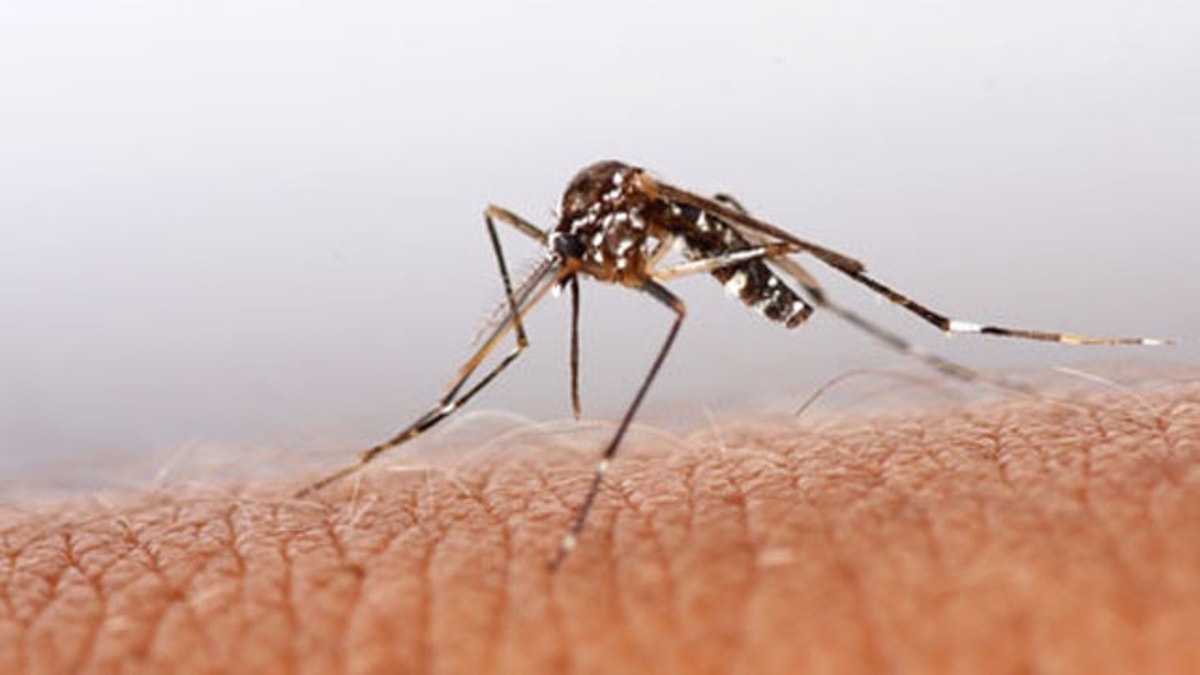
More than a third of the malaria-fighting drugs tested over the past decade in Southeast Asia and sub-Saharan Africa were either fake or bad quality, seriously undermining efforts to fight the disease, a study said Tuesday.
With up to 1 million people - mostly children in Africa - already dying every year from malaria, bogus drugs and those containing the wrong chemical makeup could upend a decade of progress fighting the mosquito-transmitted disease, the U.S.-funded review said.
International efforts to combat drug counterfeiting - much of it believed to take place in China - are urgently needed.
Fake drugs with no malaria-fighting agents can lead to deaths when patients rely on them, and those containing some active ingredients - but not enough to fully kill all parasites - are also problematic because they promote resistance that can eventually outsmart medicines and render them useless.
Alarm bells have sounded in recent years over signs of increasing resistance in western Cambodia on Thailand's border with Myanmar among artemisinin-based drugs, the only effective medicine now widely used to cure the disease.
Studies show the drugs are taking longer to work there, and experts fear the emerging resistance could eventually spread to Africa as has occurred previously with other malaria treatments that now are worthless against the disease.
If artemisinin-based drugs stop working, there is no good replacement and many people would ultimately die. Currently, malaria kills an estimated 2,000 children every day in Africa. Some 3.3 billion people worldwide are at risk of getting infected.
"We feel a sense of emergency considering the impact these medicines can have," lead author Gaurvika Nayyar, of the Fogarty International Center at the U.S. National Institutes of Health, said in an email.
The study says more labs are needed worldwide to test for fake drugs - only three out of 47 malaria-plagued countries in Africa are equipped to do so. Nayyar also calls for counterfeiters to be brought to justice, including the creation of a universal way to crack down on those involved in the cross-border trade. Currently, laws only exist within individual countries.
"The economic incentives for criminals of drug falsification surpass the risks involved in their production and sale," the authors wrote in the article published in the Lancet Infectious Diseases journal.
"Production and distribution of counterfeit antimalarial drugs should be prosecuted as crimes against humanity," they added.
The review analyzes 27 published and unpublished studies dating back to 1999 that look at poor-quality and counterfeit malaria-fighting drugs.
In Southeast Asia, various anti-malaria drugs were analyzed from seven countries from 1999 to 2010. Of 1,437 samples, 35 percent contained the wrong chemical makeup; nearly half of 919 samples were incorrectly packaged; and 36 percent of 1,260 samples were fake.
In Africa, 35 percent of 2,297 samples collected from 21 countries had the wrong amount of chemicals; 36 percent of 77 failed packaging testing, and 20 percent of 389 drugs were fake.
The authors said many cases go unreported. They also point to other issues driving the problem, such as patients buying drugs over the country without prescriptions and self-medicating along with using drugs that are expired or degraded through improper storage.
Earlier studies found indications that some counterfeits were made in China and smuggled into Southeast Asia, but more research is needed to understand the extent and complexities of the problem.
"Importantly, no large randomized studies of drug quality have been done in either China or India," wrote Michael Seear, of British Columbia Children's Hospital in Vancouver, in an accompanying commentary. "Because roughly a third of the world's population lives in these countries, and they are probably the source of many counterfeit drugs, global estimates should be seriously examined."
